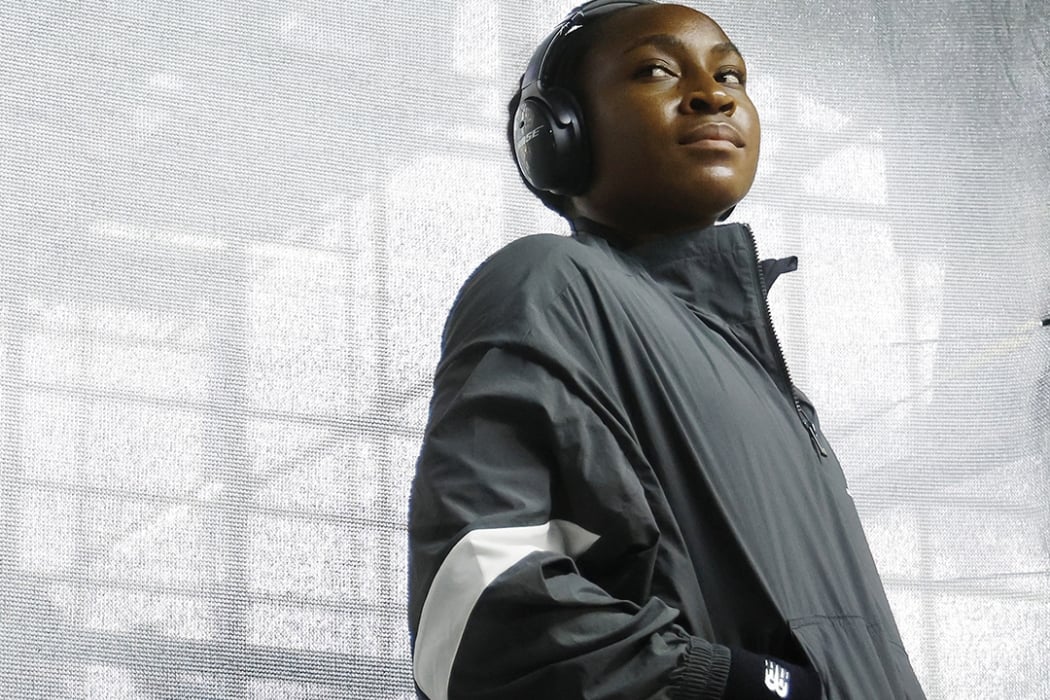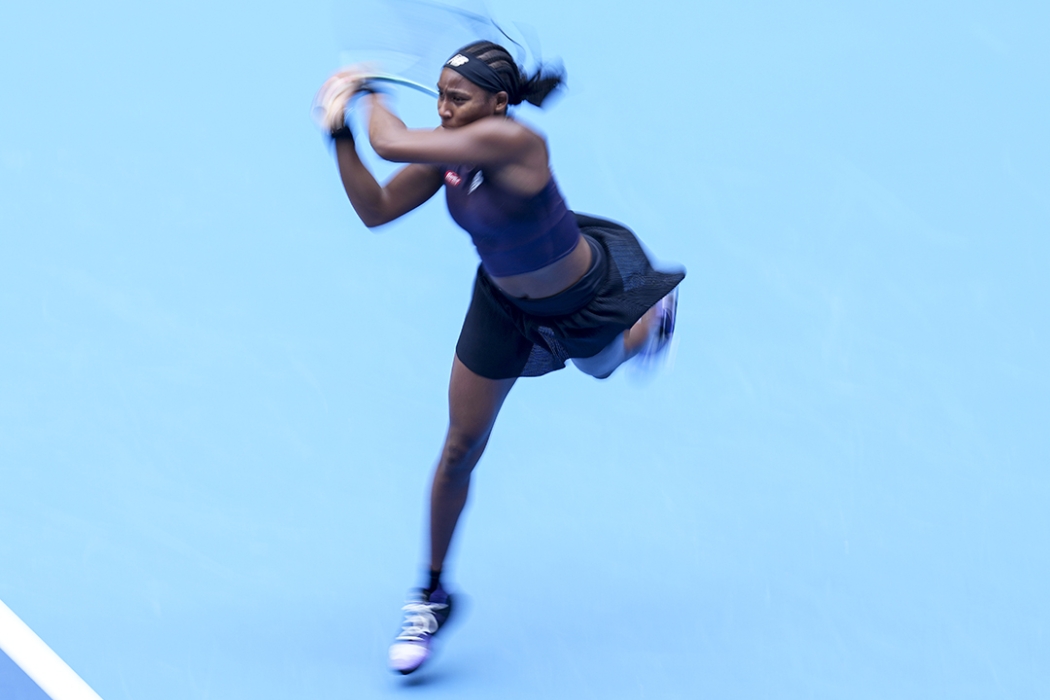Off-season for tennis players usually entails a holiday – but not a lengthy one.
It’s back to work quickly and getting ready for the new year, with fitness and practice as core staples.
DRAWS: Australian Open 2024 men’s and women’s singles
It might also be the best time – given that finding a block during the season itself is tough – to make any technical tweaks.
Sure enough, ahead of Australian Open 2024, some of the game’s stars made adjustments in an effort to get even better.
So, who did what?
Coco and Iga tinker with serve
Rafael Nadal rode a new service motion to the AO 2019 final, eventually stopped by Novak Djokovic. Djokovic himself altered his service action in 2018 post an elbow injury.
Aryna Sabalenka consulted a biomechanic expert to address issues with her serve and the result helped Sabalenka win last year’s Australian Open.
Coco Gauff made a change in the serving department, too – her racquet and ball meeting slightly higher prior to the ball toss.
The aim is to get more steadiness from the toss.
She worked with Andy Roddick, he of the mammoth serve and a former pupil of Gauff’s current coach, Brad Gilbert, ahead of the 2024 term.
After claiming the title in Auckland in early January, Gauff began her AO 2024 by down-ing Anna Karolina Schmiedlova 6-3 6-0 in the first round.
In the second set, she surrendered just one point on serve.
But Gauff said her serving mindset is equally important.
“There is nothing physically that stops me from bombing a serve,” the reigning US Open champion said. “In the past I would just feel like I needed to get the serve in because I could rely on getting balls back and everything.
“But I want to become a more aggressive server, and I feel like when my serve is on, I'm playing well. I think it was more of a mental switch. Just a slight change that we did, just helping me with the toss, being more consistent.
“I think mentally when I have the aggressive serving mindset that's when I play my best tennis.”
Iga Swiatek, when teaming up with coach Tomasz Wiktorowski, sought to become more aggressive as she went into the 2022 season. The Pole, like Gauff, has always been a fine mover.
Swiatek duly grabbed two majors in 2022 – and her first one outside Roland-Garros – while compiling a 37-match winning streak.
This off-season, Swiatek tinkered with her serve, too. Notably, her racquet does not drop as low – about waist high – as in her previous motion.

“I think anybody who would really analyse my serve could see that the movement, sometimes it wasn't smooth enough,” said the world No.1, who beat fellow Grand Slam winner Sofia Kenin in the first round. “Sometimes when I got more tight, it got a little bit worse. Hopefully we can avoid that with my new ‘serve'.
“It's not a big change. It was enough for me to have a couple of weeks, yeah, to be fully committed, not let myself go back to the old movement.
“I feel like it's already kind of natural for me, especially because I served like that when I was younger. It's just more compact and more smooth – I hope.”
Tsitsipas makes change, too
After knocking on the door of an Australian Open final, Stefanos Tsitsipas found his way to the final in 2023. Djokovic would not be denied, however.
He has opted for an abbreviated service motion after a season impacted by shoulder and back injuries.
Only time will tell if she sticks with it.
“It's something that I'm trying to put into my game perhaps with consistency and other things that can help me, avoiding rotating, and keeping my body a bit more compact on contact points,” said Tsitsipas. “A few things that I'm trying to adjust.
“Of course, I haven't spent too much time on it, so I'm on and off, depending on my personal feeling. I will continue, I will see.
“There are a lot of players out there that are serving in that particular way, and they have very good serves, so it's not something that we haven't seen in tennis before.”
Sakkari’s new stick
Roger Federer famously increased the size of his Wilson racquet head in 2014 for more oomph but switching racquets is a sizable step.
One miss with the new stick can lead players to second guess their decision and it can linger…and linger.
Tsitsipas’ fellow Greek, Maria Sakkari, made the move, however, opting for the Wilson Shift for more control. Her strings and string tension did not change.
“It was a big step,” admitted Sakkari, who had done stellar work with her old racquet, appearing in the last three WTA Finals.
“People around me were a little bit hesitant but they could see that I was telling them that I know there's a racquet out there that is better for my game. It feels the right thing.
“I think that I'm a very different player to the one that I was when I first started using my previous racquet. That was 10 years ago. I needed that power before. Now I need more control.”
The eighth seed meets Elina Avanesyan in the second round. And if she goes all the way, Sakkari would be even more convinced she made the right decision.

